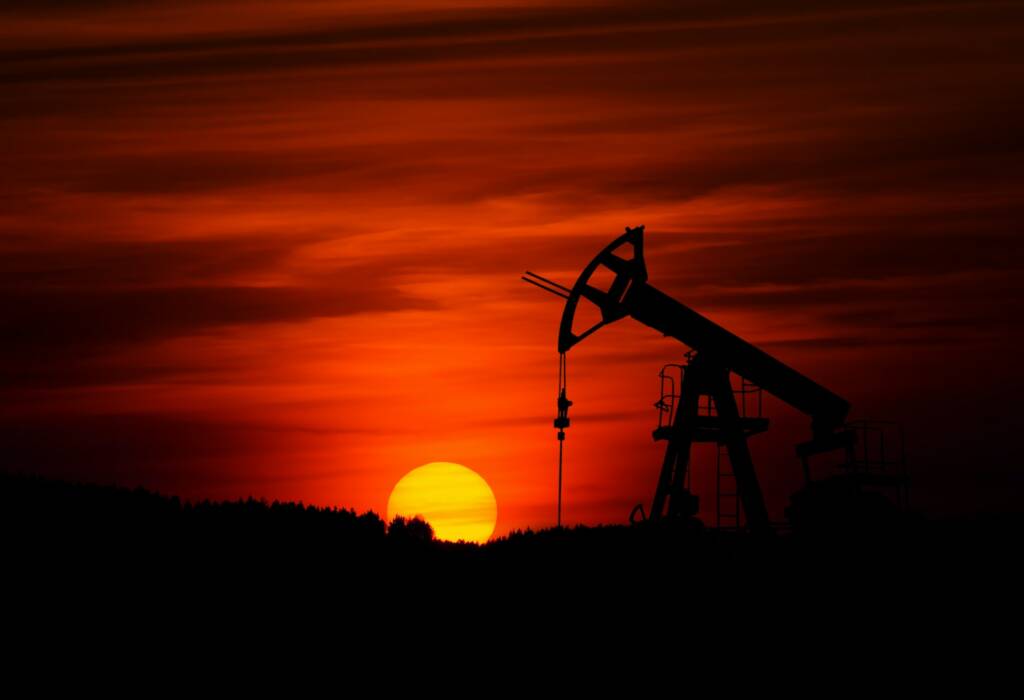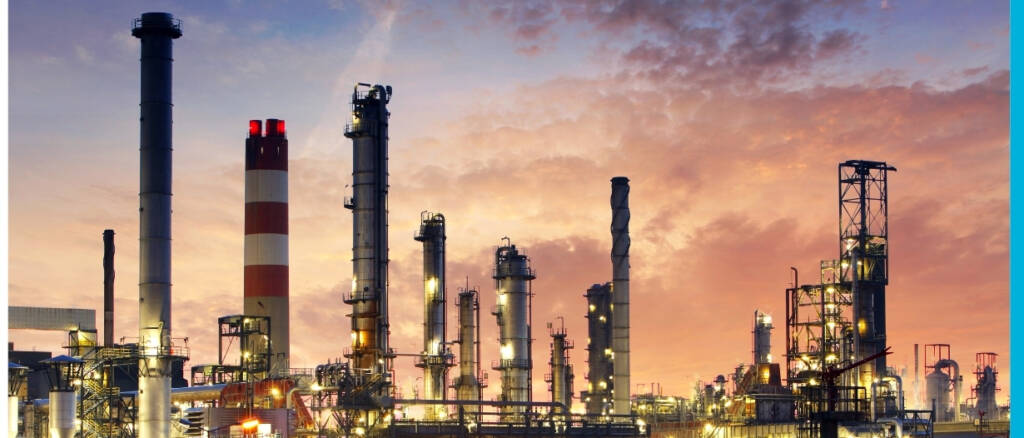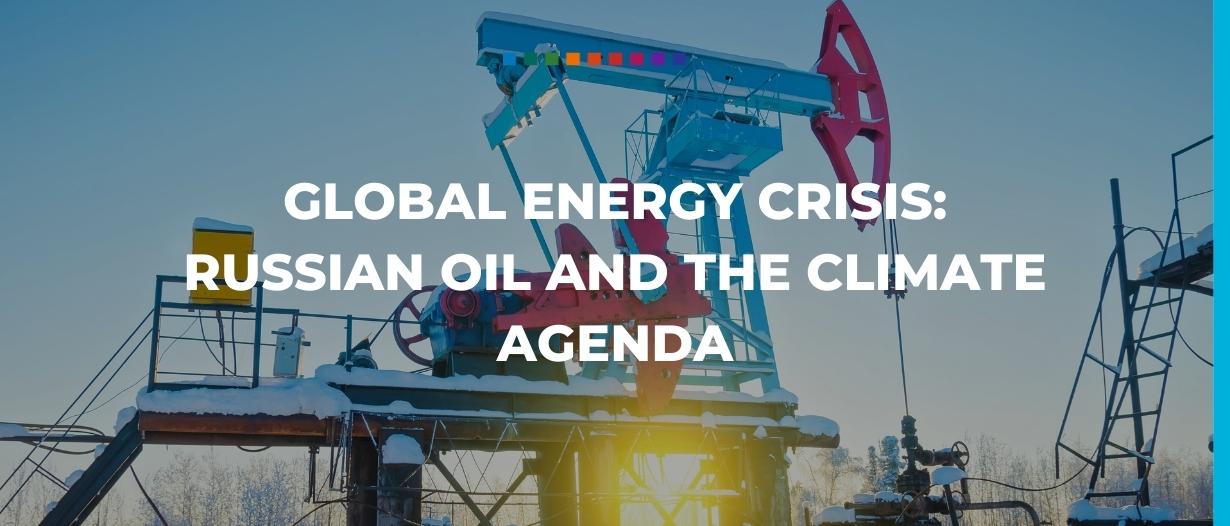On Tuesday, the Centre for Strategic and International Studies (CSIS) held a conference on the United States (US) responses to the global energy crisis.
Europe relies heavily on the Russian supply of gas, the only alternative at the moment is to replace this with liquified natural gas (LNG).
European entry into the LNG market means competition for supply with Asia and an infrastructure system that can regasify the LNG to be distributed through pipelines.
The panel discussed the US’s response to this predicament and how they can help build European energy security without threatening climate targets.
The panellists spoke over the course of an hour, each sharing their views and ideas for tackling these issues.
The following will summarise the arguments and ideas discussed.
Europe depends on Russian energy
CSIS introduced the event and set the scene by highlighting that the Russia-Ukraine conflict and ensuing sanctions against the large oil and gas producer – in light of already tight energy markets – have led to significant price increases.
Europe’s dependency on pipeline gas means they are unable to impact the conflict through energy sanctions without themselves incurring a substantial loss.
This dependence on oil has prompted the European Union (EU) to announce plans to accelerate its energy transition, at great cost.
While the US has already released its strategic petroleum reserves, the panellists questioned what further action the US can take to support its allies in the energy crisis.

US energy filling the LNG gap
Panellists acknowledged the role that the US could have in meeting European demand for liquified natural gas (LNG), however, they hold reservations as to the efficacy of the strategy.
They explained that European physical infrastructure to receive LNG imports, with LNG terminals and pipelines, is already near capacity.
The US-EU Taskforce on Energy Security will influence the development of the energy crisis with engagement between governments and energy industry stakeholders.
Announced on March 25, the task force wants to supply an additional 15 billion cubic meters (bcm) of LNG in 2022 and stop the import of Russian gas by 2027.
For reference, the EU imported 155 bcm from Russia in 2021.
The group includes increased expenditure plans for LNG infrastructure, giving strong incentives for US LNG producers to increase production with the promise of long-term benefits through both domestic and European LNG infrastructure projects.
The task force is attempting to make sure that actions are still aligned with US and EU climate targets.
Another benefit of these European LNG projects is that the same infrastructure, if done to climate transition standards will also be able to transport hydrogen, increasing the overall utility of the capital expenditure.
Climate targets are a major part of the CSIS energy policy and analysis, being a recurring theme throughout the event.
The role of US shale
CSIS suggests that its goal is to look for a policy that supports the need to increase the supply of oil and gas for European energy security and aligns with climate goals.
Oil and gas prices have almost stabilised and without sanctions, the increase in production of US shale oil and gas could flatten prices.
They suggest that under current market dynamics, just hoping for an increase in oil and gas supply from shale producers will not work.
Investors and executives of the US shale producers are not pushing for extra production as they are looking for returns to recover from losses incurred during the lower oil and gas prices of the last decade and the lower demand during the pandemic.
Importantly, however, CSIS suggests that the US does have the power to support the prices of oil.
The government could do this by committing to a policy whereby they commit to refilling their strategic petroleum reserve if oil prices dip below $70.
They believe that a short-term increase in shale production will not lead to long-term diversions from climate targets.
The argument is that on average a shale reserve will have used 70-80% of its productive capacity after three years in operation.
Nonetheless, the EU has a target of reducing GHG emissions by 55% by 2030 and this climate policy limits shale producers’ appetites to increase supply.

Climate targets are under threat
Despite this enthusiasm for US LNG, they point out that the LNG supply does put climate targets at risk.
Along the LNG supply chain, there are already GHG emissions at various points such as the wells, the transportation, the processing, or liquefaction plants.
The US-EU task force is looking to find solutions to reduce GHG emissions along the LNG supply chain.
On top of this CSIS hopes that the current investment into renewable solutions will reduce US domestic demand for gas, allowing the surplus to be exported to Europe.
This would mean an increase in US shale production won’t put too much pressure on climate targets.
The future of the energy crisis
As the energy crisis continues to progress, the policies implemented and industry stakeholders’ reactions to them will shed light on the real effects on climate goals and energy security.
The CSIS understanding of the energy space puts energy policy in strong stead for the future.
 Australia
Australia Hong Kong
Hong Kong Japan
Japan Singapore
Singapore United Arab Emirates
United Arab Emirates United States
United States France
France Germany
Germany Ireland
Ireland Netherlands
Netherlands United Kingdom
United Kingdom










Comments are closed.